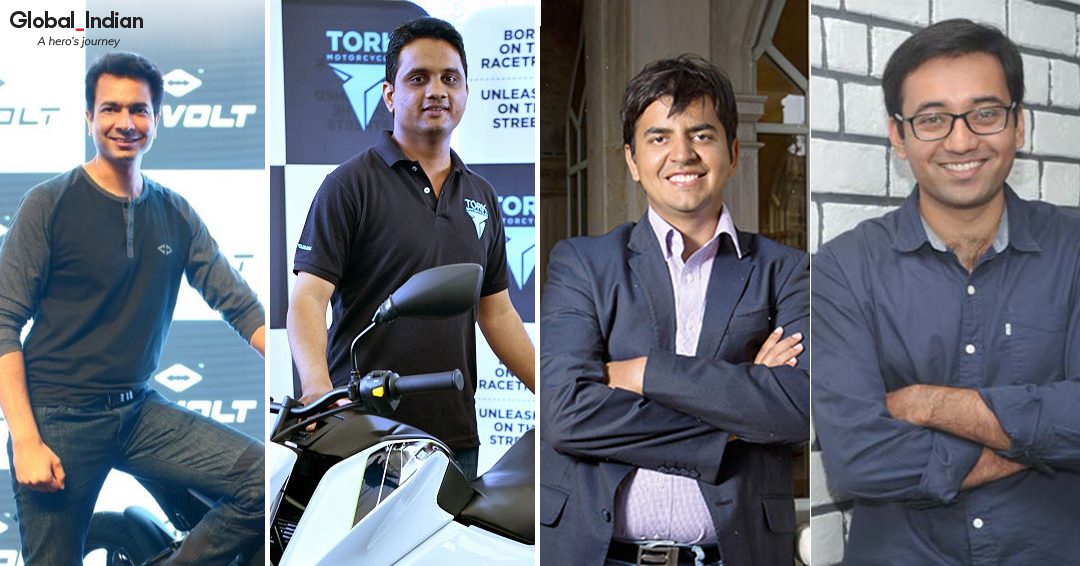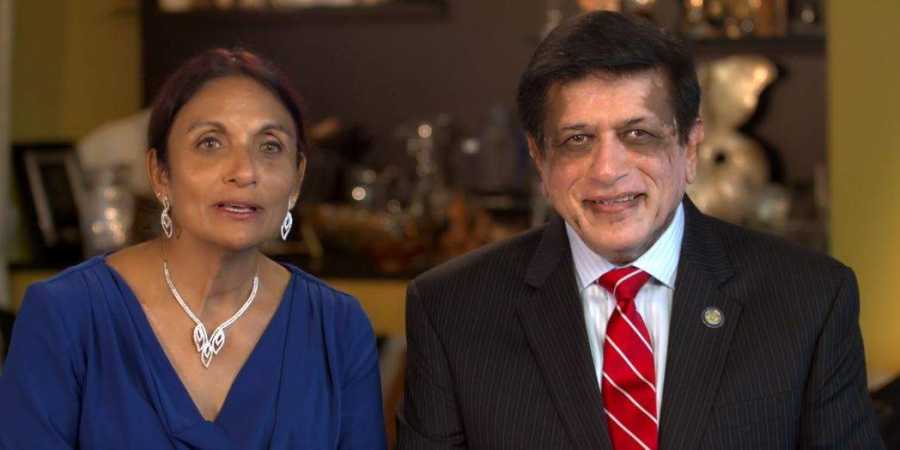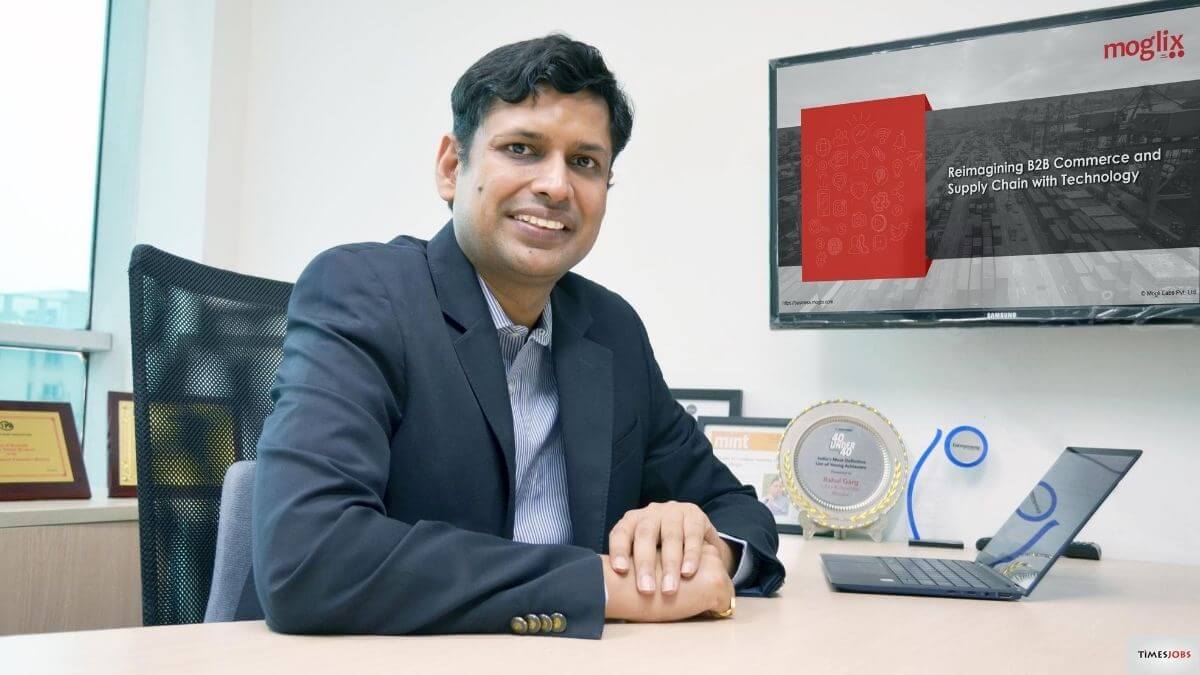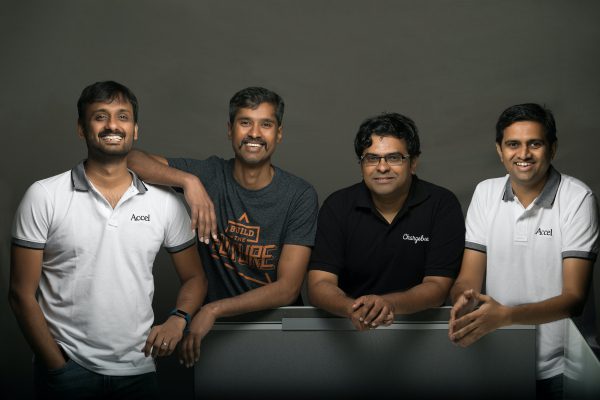(August 6, 2021; 6.45 pm) The future is electric: it’s as simple as that. If we want to create a sustainable future, electric vehicles (EVs) are part of the solution. The effects of climate change is for everyone to see… frequent extreme weather episodes, pandemics, rising levels of pollution, and entire species racing towards extinction. Add to the mix rising prices of fuel and the burden of import costs and you have a recipe for disaster. Electric vehicles then seem like the way forward. In fact, the global automotive industry itself is undergoing a paradigm shift, with several major players launching hybrid or completely electric versions in the market.
The Indian automotive industry is the fifth largest in the world and catering to a vast domestic market with a reliance on conventional fuels will eventually be unsustainable. According to a study by CEEW Centre for Energy Finance, the EV market in India will be worth $206 billion by 2030 if India makes steady progress in the sector. Another report by India Energy Storage Alliance projects the Indian EV market’s growth at 36% till 2026.
In this article, Global Indian looks at some of the most promising Electric Vehicles startups in the country.
Revolt Motors

Founded by Micromax’s Rahul Sharma in 2019, Revolt Motors develops AI-enabled electric motorbikes: RV300 and RV400. With features such as full LED lighting, Bluetooth connectivity, digital display with real-time bike diagnosis, mono-shock rear suspension, optimum charging time and battery capacity, it is quite the game changer in its segment. It also offers users a mobile app to manage the bikes. Its manufacturing facility in Manesar has an annual production capacity of 1.2 lakh units.
Backed by RattanIndia, the company recently announced that it would soon launch a more affordable e-bike called the RV1. Given the focus on going green, Domino’s Pizza too has decided to go green by acquiring the existing inventory of the RV300 to convert its entire delivery fleet to Electric Vehicles.
Ola Electric

Bhavish Aggarwal’s Ola Electric created quite the buzz when it opened bookings for its soon-to-be-launched scooter last month. Within 24 hours of the bookings being opened, the company received over 1 lakh reservations, making it the most pre-booked scooter in the world. Expected to be priced at ₹85,000 the company claims the e-scooter will be the best in its class in terms of range, speed, boot space, and technology. According to the company, the Ola Scooter has already won several prestigious awards including the IHS Markit Innovation Award and the German Design Award.
The first of the e-scooters will roll out from the Ola FutureFactory which is built across 500 acres in Krishnagiri, Tamil Nadu. Touted to be the largest in the world, it will be AI-powered with 3,000 robots and will have one e-scooter rolling of the production lines every 2 seconds. The factory will also act as the company’s export hub when it expands its footprint to the international market. Earlier this year, the company also signed a $100 million debt financing deal with Bank of Baroda for a 10-year period.
Ather Energy

Founded in 2013 by IIT-Madras alumni Tarun Mehta and Swapnil Jain, Ather Energy has already launched two scooters in the market: Ather 450X and Ather 450 Plus. The company also manufactures AtherGrid, an electric vehicle charging infrastructure. Though priced upwards of ₹1.25 lakh, the e-scooters have already gained popularity with its flagship Bengaluru showroom selling bikes worth ₹10 crore in a span of a month. In fact, the company’s revenues rose from ₹11.7 crore in FY19 to ₹48.8 crore in FY20.
Backed by Hero MotoCorp, Flipkart’s Sachhin Bansal, Singapore’s InnoVen Capital and VC firm Tiger Global, Ather’s bikes come loaded with features. Some of them include BLDC motors, fast charging, Li-ion batteries, water and dust resistance, multiple riding modes, interactive dashboard, and onboard navigation. The company also provides an app that allows users to monitor charging status, and home chargers with app connectivity.
Tork Motors

Founded in 2010 by Kapil Shelke, who’d earlier worked with the Zongshen Racing team in China, Tork has developed six models of its motorcycle. Some of them went on to beat expectations in prestigious racing competitions such as the Isle of Man Tourist Trophy. The firm finally began accepting pre-orders for its commercial model T6X in 2016. While the company’s commercial model is yet to take off, Shelke is confident of launching it in the market soon. “We underestimated the time it takes to validate a product,” he told Quartz. “We’re the only company in the world that builds its own motor and battery. It took us about four years to validate the motor we were building.” Backed by Ratan Tata, who bought a stake in the EV startup, the company has its factory in Chakan, an automobile hub near Pune.
Find more fascinating Stories






